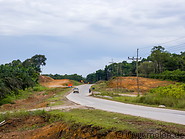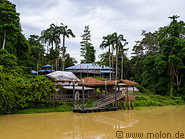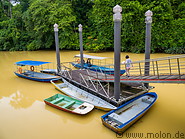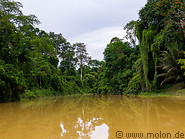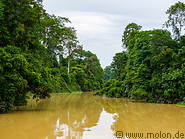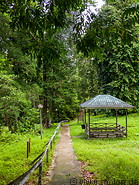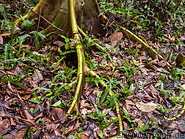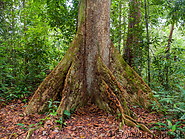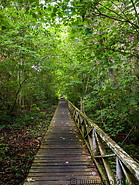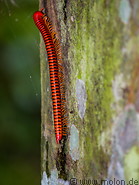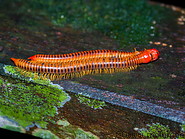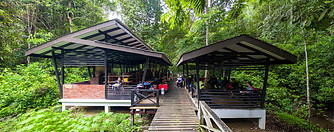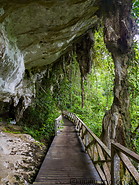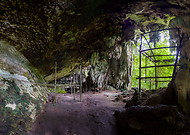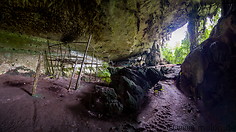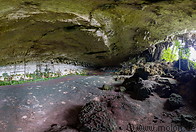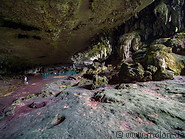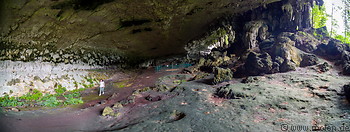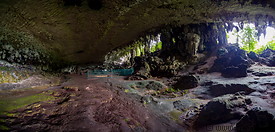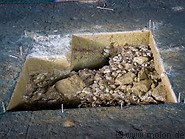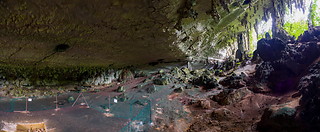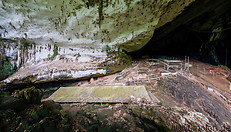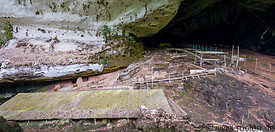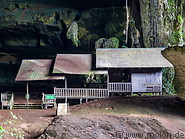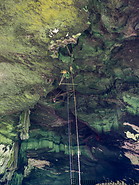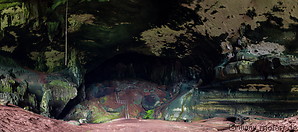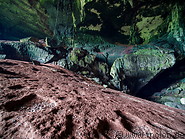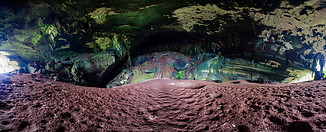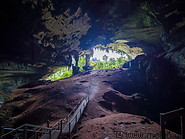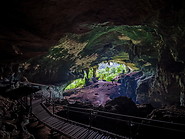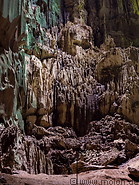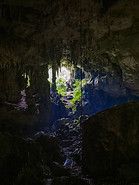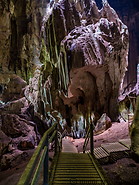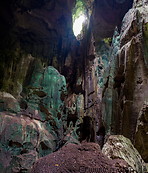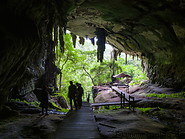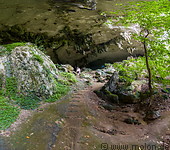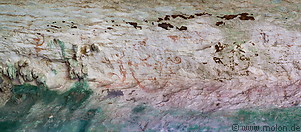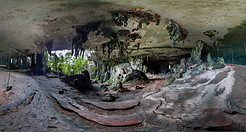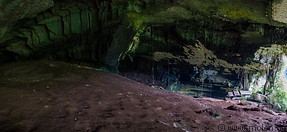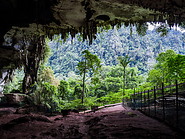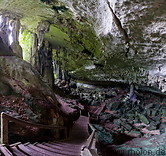The Niah national park is home to the popular Niah cave, one of the world's largest limestone caves.  The park itself covers an area of forest and limestone, all together about 3102 hectars in size. In the park the oldest human remains in South East Asia were found in the great caves, dating back some 40000 years ago. The painted cave contains some prehistoric frescoes with hunting scenes on the walls.
The park itself covers an area of forest and limestone, all together about 3102 hectars in size. In the park the oldest human remains in South East Asia were found in the great caves, dating back some 40000 years ago. The painted cave contains some prehistoric frescoes with hunting scenes on the walls.
In the Niah cave nests of swiftlet birds are collected and sold as a delicacy. In 1995 the Niah cave was home to 200000 birds.
How to get to the Niah national park
The park is 83km southwest of Miri and 140km northeast of Bintulu. Visitors can travel by bus to Niah and from there take a taxi. From the park headquarter it's a 3.1km walk to the main cave and another 1.1km to the painted cave.
Accomodation
There is some accomodation in the park (lodges), otherwise visitors can stay in the Niah village or even in Miri.
 The park itself covers an area of forest and limestone, all together about 3102 hectars in size. In the park the oldest human remains in South East Asia were found in the great caves, dating back some 40000 years ago. The painted cave contains some prehistoric frescoes with hunting scenes on the walls.
The park itself covers an area of forest and limestone, all together about 3102 hectars in size. In the park the oldest human remains in South East Asia were found in the great caves, dating back some 40000 years ago. The painted cave contains some prehistoric frescoes with hunting scenes on the walls.
In the Niah cave nests of swiftlet birds are collected and sold as a delicacy. In 1995 the Niah cave was home to 200000 birds.
How to get to the Niah national park
The park is 83km southwest of Miri and 140km northeast of Bintulu. Visitors can travel by bus to Niah and from there take a taxi. From the park headquarter it's a 3.1km walk to the main cave and another 1.1km to the painted cave.
Accomodation
There is some accomodation in the park (lodges), otherwise visitors can stay in the Niah village or even in Miri.

